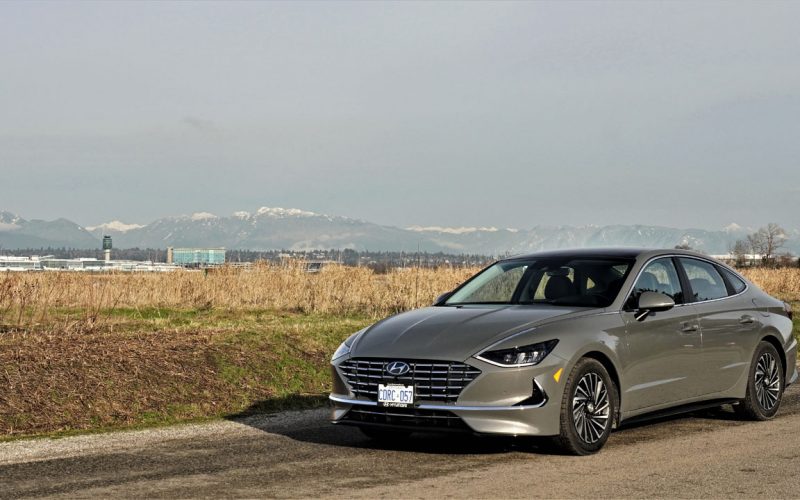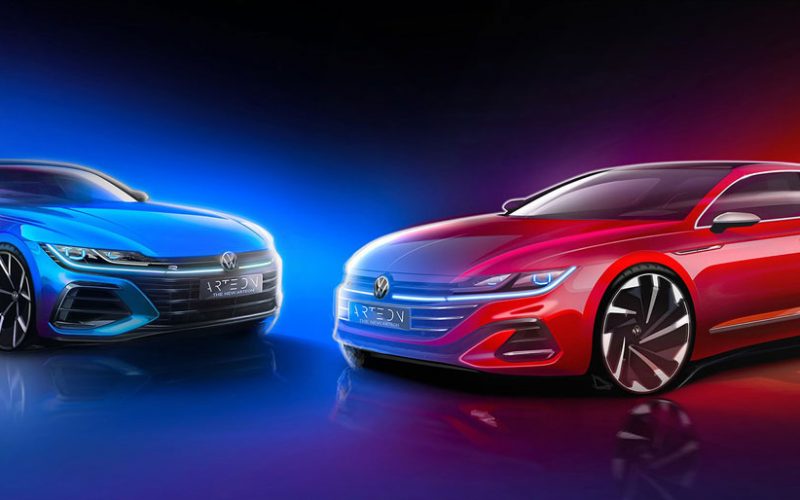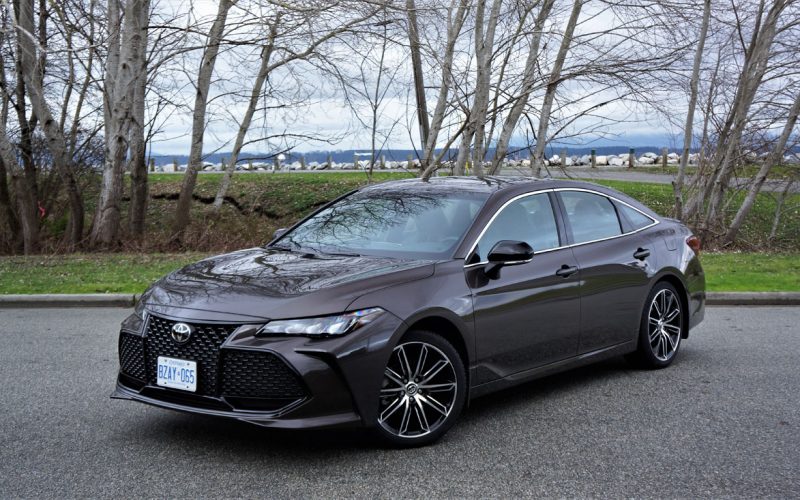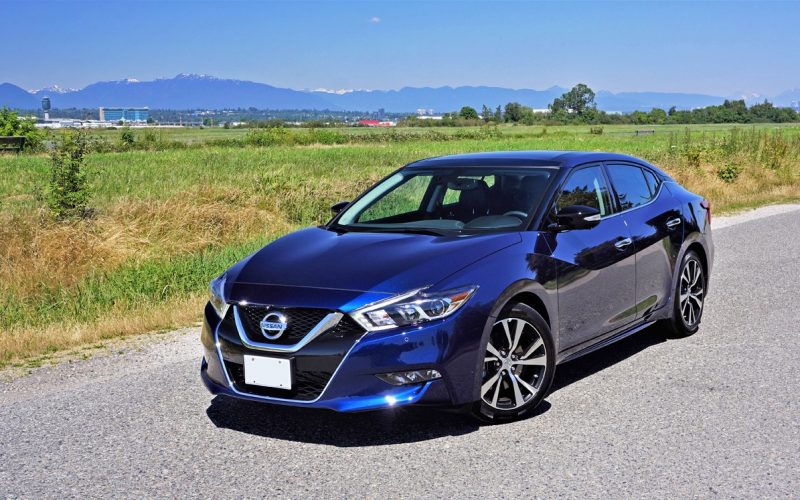
Reading Time: 9 minutesThe mid-size sedan might be a dying breed, especially in Canada where they’ve never been as

Reading Time: 4 minutesAhead of the 2021 Arteon four-door coupe virtual world première set for June 24th, Volkswagen has

Reading Time: 9 minutesLovers of big full-size four-door cars aught to be giving Toyota a collective slap on the

Reading Time: 8 minutesThe Maxima is an anomaly. Certainly there are other near full-size front-wheel drive mainstream branded sedans
© 2025 The Car Magazine. All Rights Reserved, Privacy Policy | Terms of Use